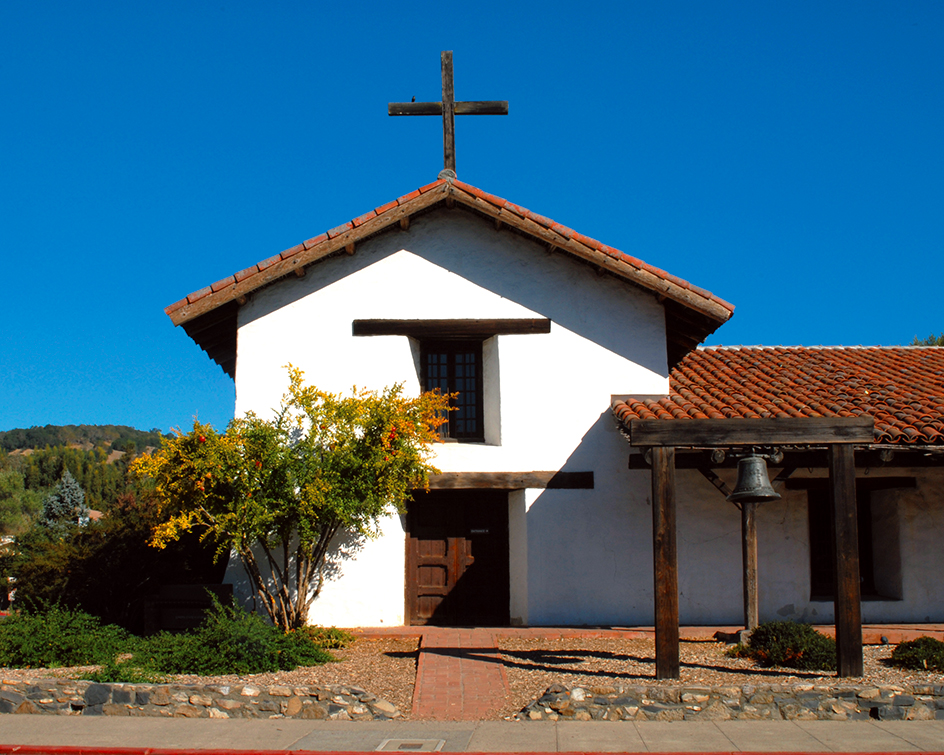Mission San Francisco de Solano is a Christian religious center that was established by Spanish Roman Catholic priests in California. The Franciscan missionary José Altimira founded the mission on July 4, 1823, in what is now Sonoma, California. It was the last of the California missions to be built and the only one built during the time that California was under Mexican rule (1822-1848). Mission Solano, also called the Sonoma Mission, is the farthest north of all the California missions. It lies at the end of El Camino Real (The Royal Highway), a road that begins in San Diego and connects all the missions.

Between 1769 and 1823, Spanish priests started 21 missions as centers for teaching the Indians of California about Christianity. Mission Solano was named for Saint Francis Solanus, a Spanish missionary in Peru. Local Miwok Indians helped build the mission and were some of its earliest members. However, a group of Chocuyen Indians rebelled against the mission in 1826 and burned much of it to the ground. The living quarters—the convento—survived the attack, and the building is now the oldest in Sonoma.
Mission Solano was rebuilt and prospered in the years that followed. The mission produced grain, leather, vegetables, wine, and other products. Its pastureland provided grazing for thousands of cattle, goats, horses, and sheep. In 1833 and 1834, however, the Mexican government seized and redistributed properties that had belonged to the missions. Mission Solano ceased to exist, but the pueblo (town) of Sonoma grew up around it.
In the late 1800’s, the site of the mission fell into disrepair and was used as a hay barn, winery, and blacksmith shop. Restoration began in 1909, and the mission opened as a museum in 1913. In the 1940’s, the chapel and convento were restored to their original Spanish style. The mission buildings are now part of the Sonoma State Historic Park.
